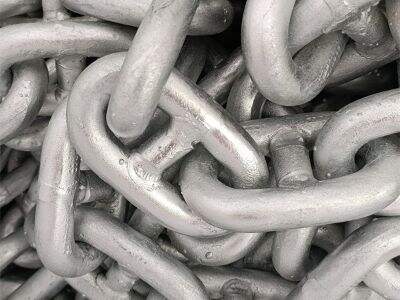This is a text on ratchet and lever binders. You know those big trucks that go down the highway carrying heavy loads such as furniture, cars or construction materials? Those trucks have some sort of special items called ratchet and lever binders to ensure their cargo does not get loose. But what are ratchet and lever binders, anyway? So, lets go deeper to learn about them!
Ratchet vs Lever Binders
Ratchet binders and lever binders are similar yet unique tools used to tie down or hold cargo during transportation. A ratchet binder has a special gear apparatus that acts like a winch. Pull a handle back and forth to tighten the binder. This back-and-forth action lets you ensure the load is tight and will not shift during travel. Lever binders, however, operate a little differently. With a long handle or lever, they can create tension and hold the load there. This way they are easier to use, as you just need to push down on the lever to lock your cargo in place.
Differences Between Ratchet and Lever Binders
Ratchet binders(hex bar) are a powerful compromise because based on this image you can see that you get a fair amount of tension and they can also evenly secure heavy road freight more sided. The gear mechanism aids in properly tightening the Binder which is essential for cargo stabilization during transit. This is particularly helpful when the truck is travelling over rougher terrain. However, lever binders are simpler to use. They take less strength to use, meaning they're good for a wider audience. But these are easier to operate, and aren't as aggressive holding as ratchet binders. They're probably not going to hold as securely as a ratchet binder, especially for a super heavy load.
Comparing the Pros and Cons of Each Type of Binder
If you are deciding between ratchet and lever binders, there are several key aspects to consider. These ratchet binders are ideal for strapping down extremely heavy loads that require maximum tension. Also, they are made of a stronger material, meaning they are more durable, and are less likely to slip or loosen while in transport. This is extremely critical when you need to ensure your cargo reaches its destination safely. Since it is easy to use they make an ideal everyday binder. They can be placed on medium-sized loads rather quickly with minimal input, which makes them a decent option for when an operation needs to be completed quickly.
Which One is Right for You?
The type of cargo you transport with will play a significant role in determining whether you need ratchet and lever binders. You want the binding to be as tight and as secure as possible, especially if you're carrying heavy loads, then ratchet binders are your best bet. They are intended to be used for heavy-duty purposes so you can have peace of mind knowing your cargo is safe. At the same time, for those who better need to use medium-sized loads, lever binders may be much simpler and have better application solutions.
Things to Know When Choosing Chice Between Ratchet and Lever Binders
Consider a few key factors before you make your final decision. Consider the weight and size of your cargo, and how strong and capable you are of operating a binder. If you aren’t sure how much strength you have, it would be a good idea to go ahead and try both types before you make a final decision. It’s also good to think about how frequently you’ll be using the binder. Ratchet binders are better for everyday heavy-duty jobs, while lever binders are better for occasional light-duty use, so it’s ideal for smaller, less intensive tasks.
Ultimately, ratchet and lever binders both have their advantages and disadvantages, and the best option for you will rely on your personal needs and circumstances, Whether you go for a ratchet binder that locks down with more aggression and security or a lever binder that’s faster to use, the choice will come down to what you think about all of the above considerations. In this way you will be able to guarantee that your cargo is safe and carry it securely without having your trips interrupted by nothing or nobody.

